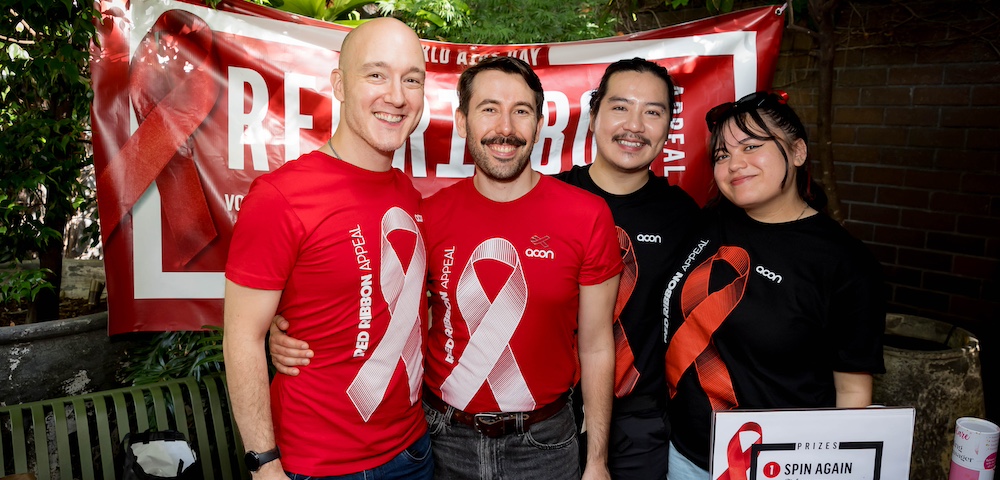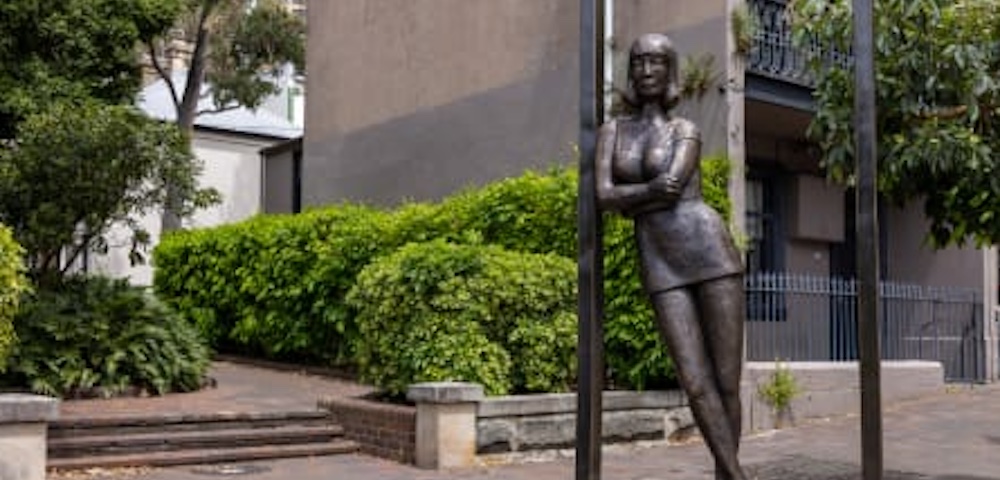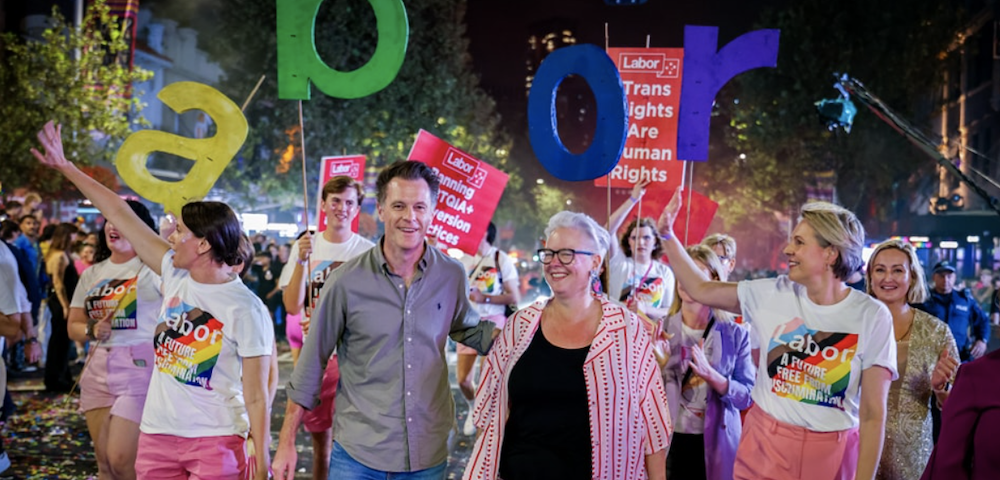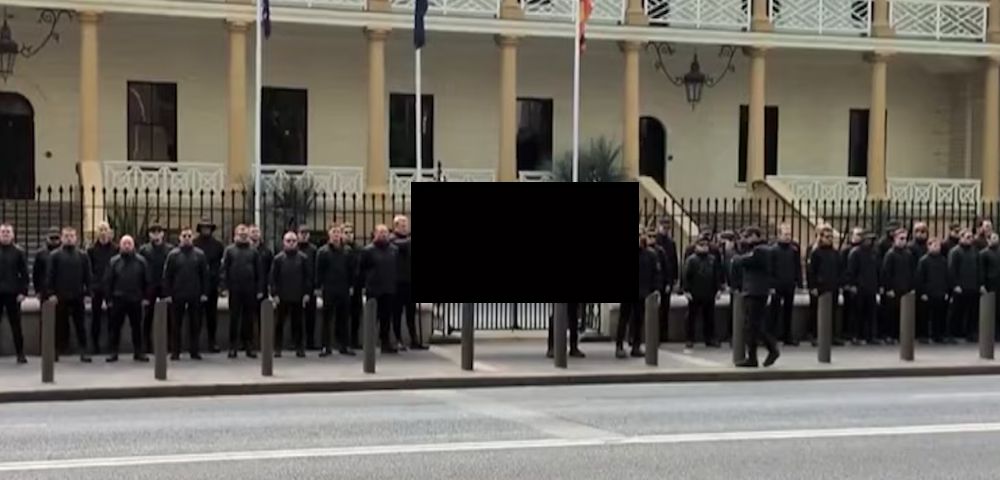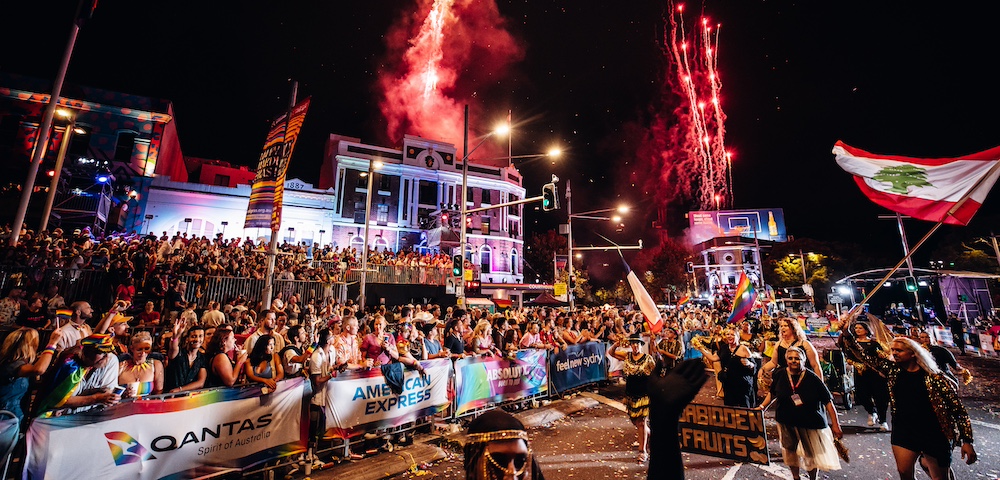
Tropics with a twist
There are two Fijis.
One has white sand and palm trees, polished-to-perfection island hideaways, and all the relaxation you could wish for.
The other Fiji is less groomed and, to most of the package-deal crowd at least, less known.
It’s beyond the confines of the luxury resorts found mainly in the west of the main island Viti Levu or on smaller islands nearby. To find it, you’ll almost certainly have to pass through Nadi, the unappealing western gateway town.
Most international flights arrive there, but there’s little to hold the attention. The main street is a chaotic collection of touts, duty free shops and bumper-to-bumper traffic, although there is a handful of decent restaurants, including the first-rate Chef’s.
At the southern end of town, the sumptuous Sri Siva Subramaniya temple, said to be the largest Hindu shrine in the southern hemisphere, promises an impressive photo opportunity.
But if you’re after a taste of Fijian history and contemporary culture, leaving Nadi and the resorts behind is more rewarding.
It’s worth heading to the capital Suva, in the southeast of Viti Levu. The easiest route from Nadi is via the resort-lined Queens Road along Viti Levu’s southern side. The Kings Road, which snakes north from Nadi, is picturesque but is only partially sealed.
Comfortable air-conditioned coaches make the Queens Road trip, but travelling in an open-air local bus -“ complete with blaring sound system and plastic flaps in place of windows -“ is more entertaining.
There’s a chance to mingle with the unfailingly friendly locals (the Fijian greeting bula is ubiquitous) and to experience their curious taste in music. Reggae is a national obsession, but camp poppets like Paris Hilton come a close second.
Arriving at Suva’s hectic main bus station after the four-hour trip from Nadi isn’t the best introduction to the city, but the capital has its charms.
Home to about 150,000, it makes up for a lack of beaches with a fascinating cultural mix -“ from indigenous Fijian to Indo-Fijian and Chinese -“ and the best choice of food in the country.
The fruit market near the bus station is a treasure trove, especially for Australian visitors: a kilo of bananas clocks in at about one dollar and other tropical delights like pawpaw and pineapple are just as cheap.
Thanks to the large Indo-Fijian population (Indians travelled to Fiji as sugar cane labourers in the 19th century and many settled there), top-class curry is also abundant.
Singh’s Curry House in the city centre is a current favourite for its fiery concoctions. The Hare Krishna restaurant, also in the city, serves up vegetarian thali plates and delicious homemade ice-cream to follow.
You can escape Suva’s often muggy weather with a visit to the Colo-i-Suva rainforest park and its natural swimming pools. It’s about half an hour from the centre.
Closer to town, the botanical gardens near the waterfront are another pleasant diversion. In one corner of the gardens, the Fiji Museum covers cannibalism and colonialism among its exhibits.
Suva also offers a chance to observe -“ if not openly celebrate -“ Fiji’s gay community, whether in the form of the impeccably made-up man who served us at a duty free shop or the unusually friendly guy on the bus who eagerly gave directions, then slipped me his number.
But there’s certainly no scene to speak of, and deeply religious Fiji shows no sign of becoming an out-and-proud travel destination.
For more information visit the Fiji Visitors Bureau website.




